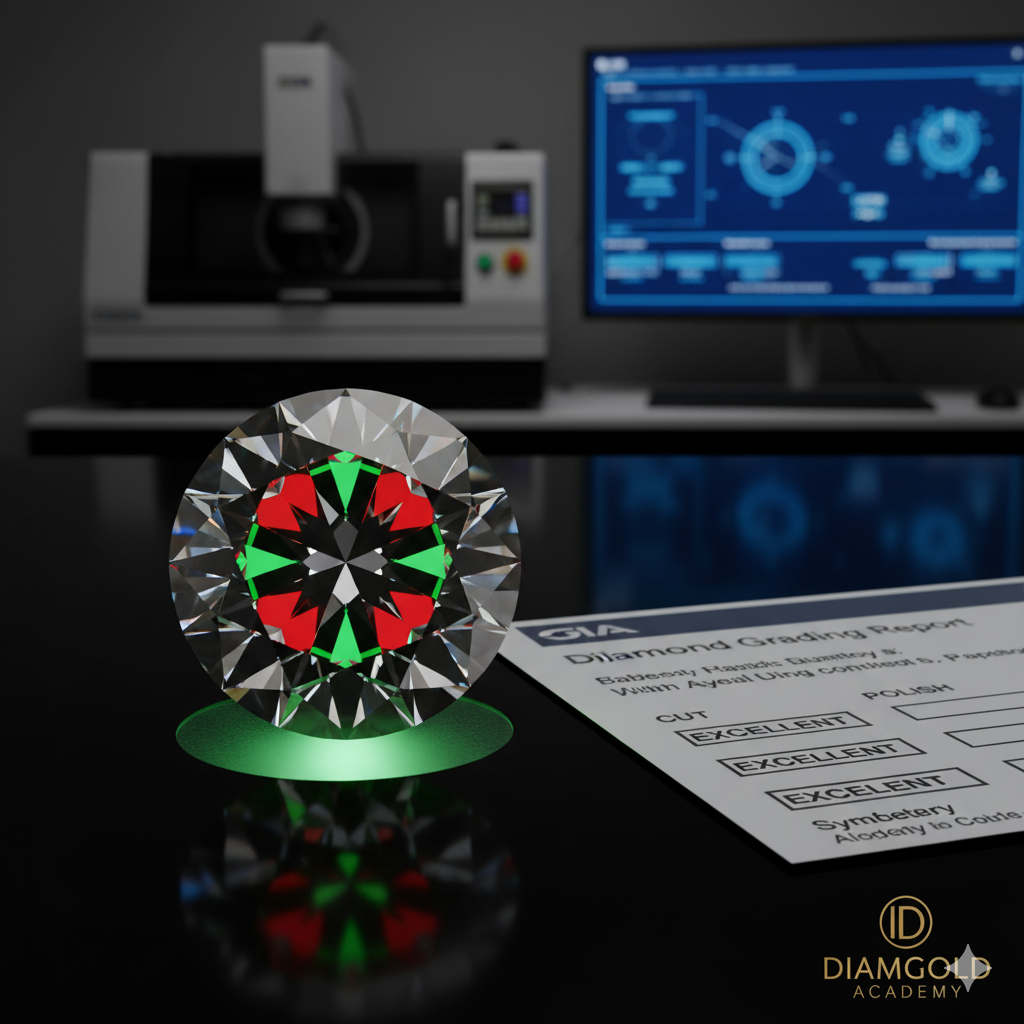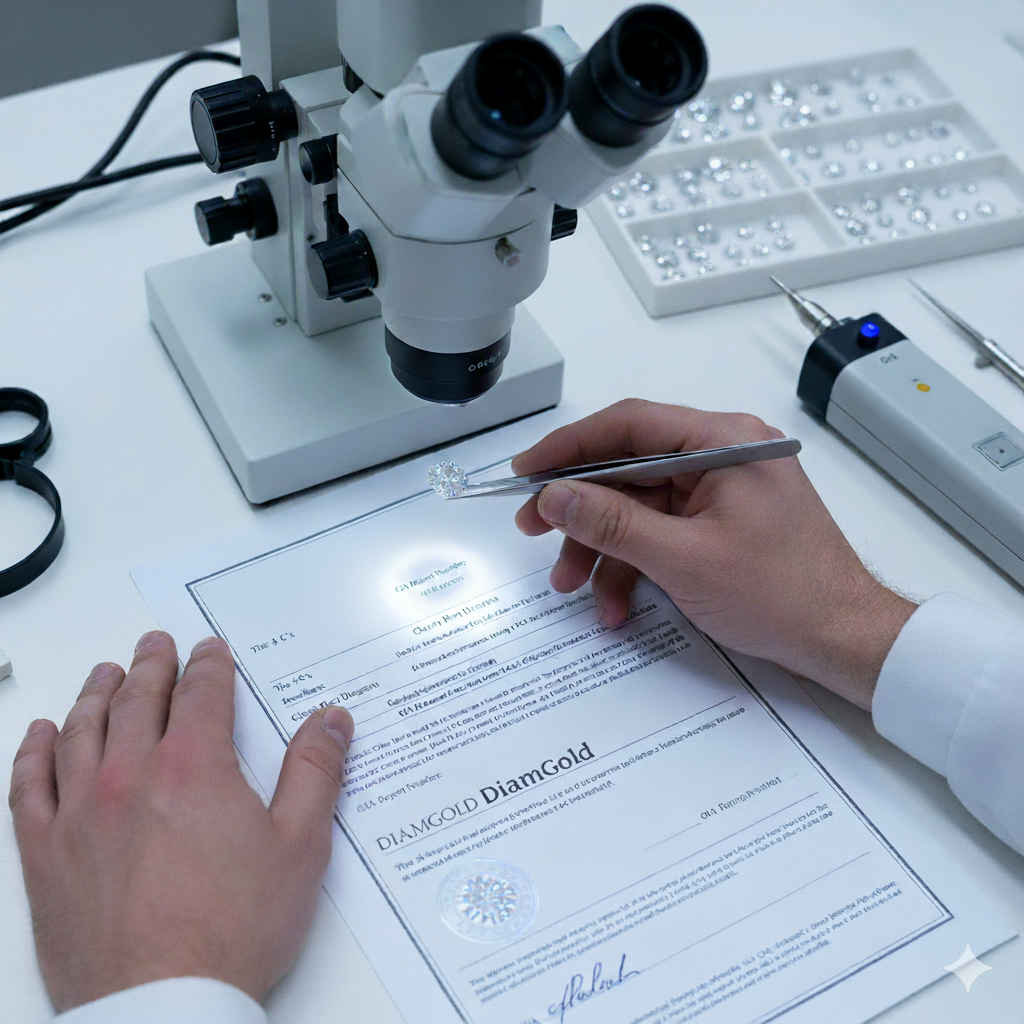The Future is Transparent: Blockchain Diamonds and the Revolution of Ethical Diamond Sourcing
In an era where consumers demand accountability and transparency, the jewelry industry is undergoing a profound transformation. The days of opaque diamond supply chains are fading, replaced by a new frontier of ethical diamond sourcing powered by cutting-edge technology: blockchain.
This article explores how blockchain diamonds are reshaping the way we understand and trust the journey of every precious stone from mine to market, ensuring true conflict-free diamonds and unprecedented jewelry supply chain transparency.
The Imperative for Ethical Diamond Sourcing
For decades, the concept of conflict diamonds (or “blood diamonds”) cast a shadow over the industry. While the Kimberley Process Certification Scheme was a vital first step in preventing the trade of diamonds that fund conflict, modern consumers and industry stakeholders are pushing for even greater accountability.
Today’s discerning buyers want to know:
- The origin of their diamond – where it was mined.
- That it was sourced ethically, without human rights abuses or environmental damage.
- That every step of the diamond supply chain upholds fair labor practices.
This demand for detailed diamond traceability and verifiable ethical sourcing has paved the way for blockchain technology.
What Are Blockchain Diamonds?
At its core, blockchain is a decentralized, immutable digital ledger. For diamonds, this means creating a secure, unchangeable record of a specific diamond’s journey at every point in the supply chain.
Here’s how blockchain diamonds work:
- Unique Digital Fingerprint: Each rough diamond, or even individual polished diamonds, is given a unique digital identity. This can involve scanning the diamond’s physical characteristics, using laser inscription, or creating a digital token.
- Immutability: As the diamond moves from the mine, through cutters, polishers, manufacturers, and retailers, each transaction and significant event (like grading by a gemological lab such as GIA or AGS) is recorded on the blockchain. Once a record is added, it cannot be altered or deleted, ensuring complete data integrity.
- Transparency: Authorized parties (e.g., retailers, consumers, auditors) can access this secure ledger to view the diamond’s entire history, verifying its origin, ownership transfers, and ethical sourcing claims.
This creates an unhackable “digital passport” for every diamond, verifiable by anyone.
Key Players and Initiatives in Diamond Traceability
Several leading companies and consortia are pioneering the use of blockchain for diamond traceability:
- Tracr™ (De Beers Group): A prominent initiative leveraging blockchain to digitally register and track diamonds from the moment they are mined, providing assurance of natural diamond origin and journey.
- Everledger: This platform uses blockchain to create a permanent record of high-value assets, including diamonds, to combat fraud and enhance transparency in the luxury goods market.
- Aura Blockchain Consortium (LVMH, Prada Group, Cartier): While broader than just diamonds, this consortium aims to provide luxury consumers with transparent product information and traceability, including potentially for branded jewelry.
These platforms are not just about tracking natural diamonds; they are equally critical for verifying the lab-grown diamond origin and ensuring claims about their manufacturing processes are transparent and accurate.
The Benefits of Blockchain for the Jewelry Supply Chain
The adoption of blockchain diamonds offers multi-faceted advantages for every stakeholder:
For Consumers:
- Unquestionable Confidence: True peace of mind regarding ethical sourcing and conflict-free diamond status.
- Verified Authenticity: Digital proof of a diamond’s journey and grading, beyond just a physical certificate.
- Personal Connection: A richer story behind their jewelry, adding sentimental and verifiable value.
For Retailers:
- Enhanced Brand Trust: Ability to credibly market ethically sourced diamonds, appealing to modern consumer values.
- Streamlined Audits: Easier compliance with supply chain transparency regulations.
- Reduced Risk: Mitigation against fraud and counterfeit goods.
For Miners & Manufacturers:
- Proof of Provenance: Clear documentation of diamond origin, commanding a premium for responsible mining.
- Operational Efficiency: Improved record-keeping and data management across complex global networks.
Challenges and the Road Ahead
While the benefits are clear, widespread adoption of blockchain diamonds still faces hurdles:
- Industry Integration: Ensuring all players, from small-scale miners to independent jewelers, adopt and input data consistently.
- Cost of Implementation: The initial investment in technology and training can be substantial.
- Standardization: Developing universal protocols for data input and sharing across different blockchain platforms.
However, the trajectory is undeniable. As technology advances and consumer demand for transparency intensifies, blockchain diamonds will become the norm, not the exception. The future of the diamond industry is bright, ethical, and built on the immutable trust of blockchain traceability.
Elevate Your Expertise with Diamgold Academy
Understanding the complexities of diamond traceability and the nuances of ethical sourcing is now a critical skill for any jewelry industry professional. At Diamgold Academy, our specialized gemology courses equip students with the knowledge to navigate this evolving landscape. From Rough Diamond Evaluation to interpreting advanced diamond certificates, we prepare you to be a leader in the transparent future of diamonds. Explore our programs today and become part of the next generation of ethical jewelry experts.


